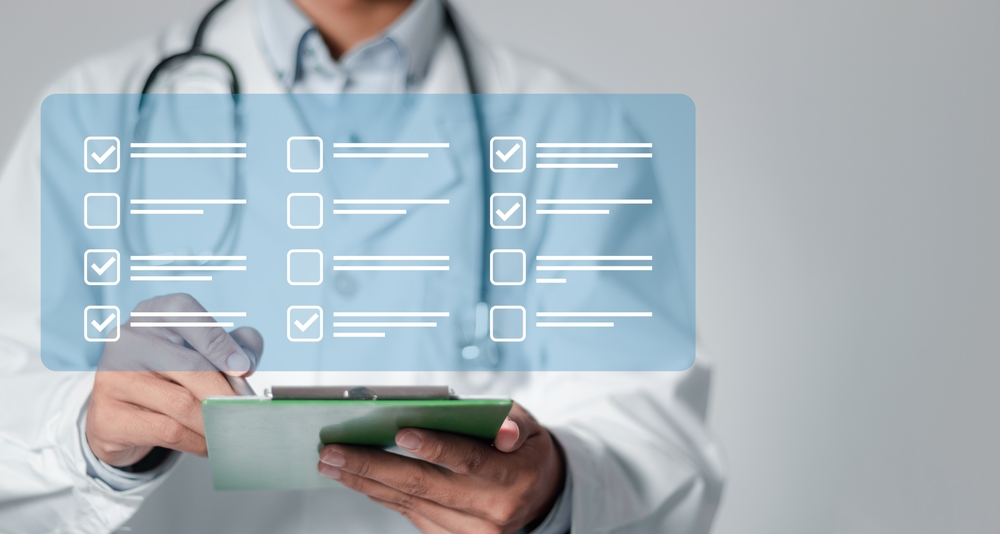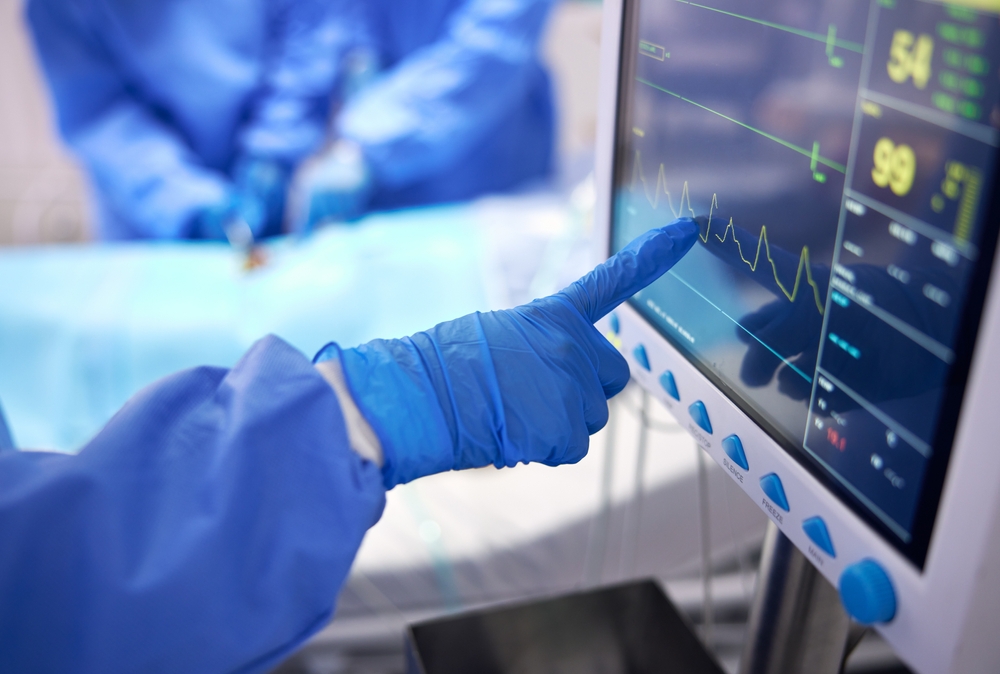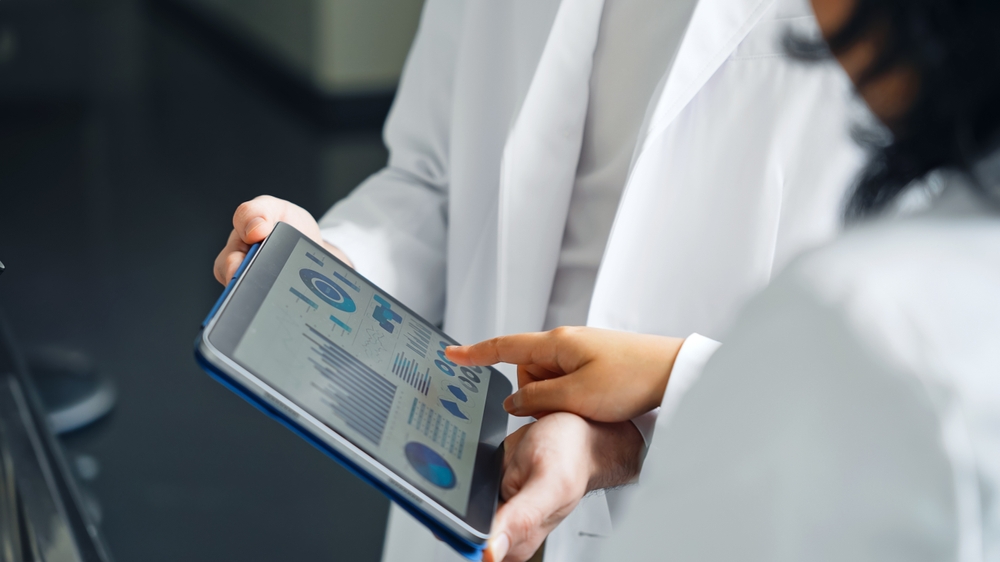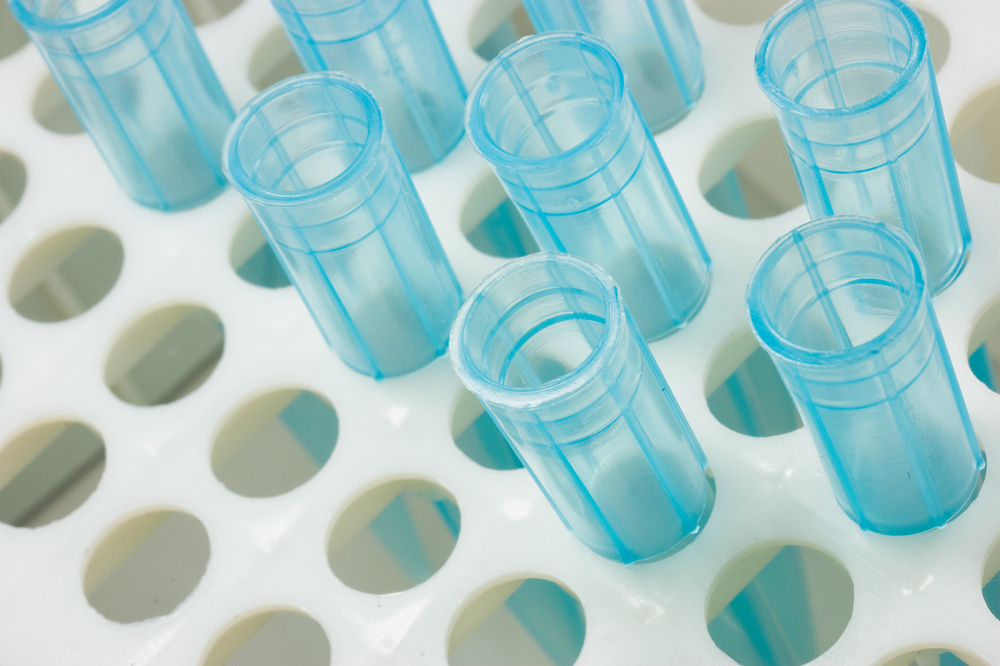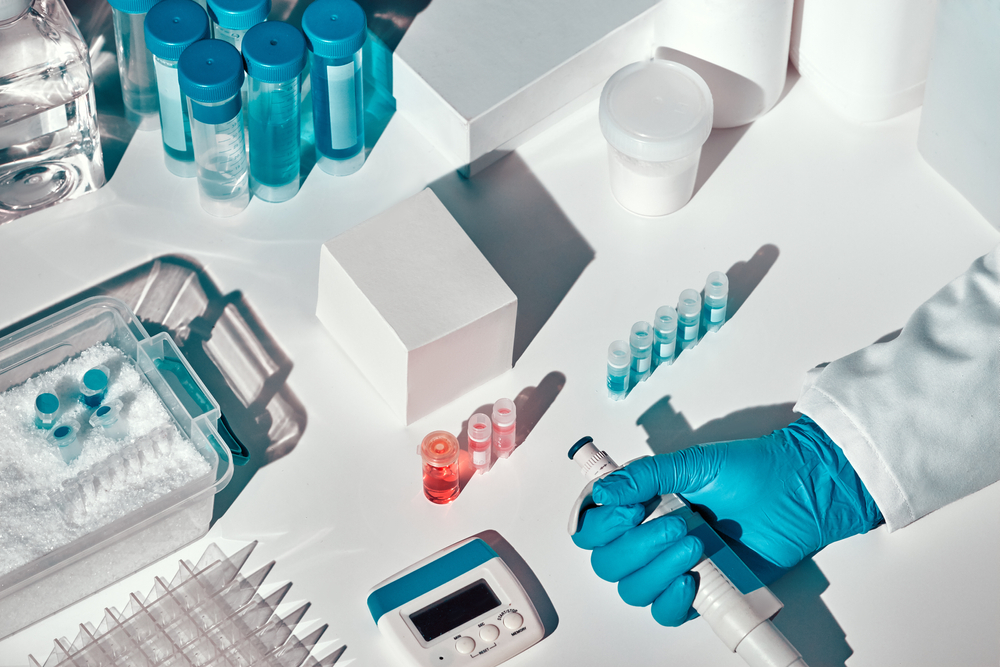In the intricate dance of modern medicine, one wouldn’t necessarily associate cybersecurity with life-saving medical devices. Yet, in an age where both life and technology are increasingly interconnected, the dance becomes complex. Enter the world of medical device cybersecurity with Acenth, as we explore the depths of risks, industry protocols, and proactive safety measures.
The Digital Heartbeat: Medical Devices in Today’s Tech Landscape
Medical devices have evolved from rudimentary tools to sophisticated digital equipment. Be it an MRI machine, a pacemaker, or a smart insulin pump, technology has enhanced their capabilities and outreach. But with this digital progression, they’ve also become vulnerable to cybersecurity threats. Just as a virus can wreak havoc on a human system, a digital malware can cripple a medical device.
Potential Threats: Unseen Dangers in a Digital World
Understanding the risks is the first step in robust protection:
- Device Tampering: This involves unauthorized access or manipulation of a device’s software or configuration.
- Data Breach: Confidential patient data, if not guarded, can be extracted, leading to privacy concerns.
- Service Disruption: This implies a device being rendered unusable or interrupted due to a cyber-attack.
- Misinformation: If data is altered, it can lead to wrong diagnoses or treatment decisions.
Protocols: Laying the Foundation for Cybersecurity
A proactive approach can mitigate these potential threats. Industry protocols, set by regulatory bodies, pave the way:
- Regular Software Updates: Ensuring devices run on the latest software can help fix known vulnerabilities.
- Authentication Protocols: Devices should require multiple levels of authentication before granting access.
- Network Segmentation: By isolating medical devices from other networks, potential breaches can be contained.
- Intrusion Detection Systems: Monitoring network traffic can detect and block suspicious activities.
Safety Measures: Building the Fortress
Even with protocols in place, healthcare professionals need to adopt additional safety measures:
- Education: Regular training sessions can ensure that medical staff is up-to-date with the latest threats and prevention techniques.
- Vendor Communication: Establishing clear communication channels with device manufacturers can help in timely patching of vulnerabilities.
- Encrypted Data Transfer: Ensure that any data transmitted from the device, whether to other devices or cloud storage, is encrypted.
- Regular Backups: Keep frequent backups of essential data to prevent total loss during breaches.
- Physical Access Restrictions: Limiting the number of people who have physical access to the devices can prevent unauthorized tampering.
Harmonizing Cybersecurity and Patient Care
To a healthcare professional, the patient’s well-being is paramount. But in a tech-driven era, patient care isn’t just about medical proficiency; it’s also about tech-savviness. By recognizing the symbiotic relationship between medical practice and technology, doctors and medical professionals can foster an environment where healing is harmonized with cybersecurity.
Connect, Protect, and Elevate with Acenth
The dance between medical excellence and technological safeguarding need not be complex. Acenth stands poised to guide you through this intricate landscape, ensuring that medical devices remain secure, functional, and beneficial. Let’s champion patient care without compromises. Reach out to Acenth, and together, we’ll craft a future where technology and care move in perfect synchrony.
Sources
- “Medical Device Security: Challenges & Solutions” – Dr. Laura Chen, MedTech Innovations, 2022.
- “Protecting Patient Data: Cybersecurity in Modern Medicine” – Acenth Research Team, HealthTech Digest, 2021.
- “Digital Threats in Healthcare: An In-depth Analysis” – Dr. Rajesh Singh, CyberMed Journal, 2020.










